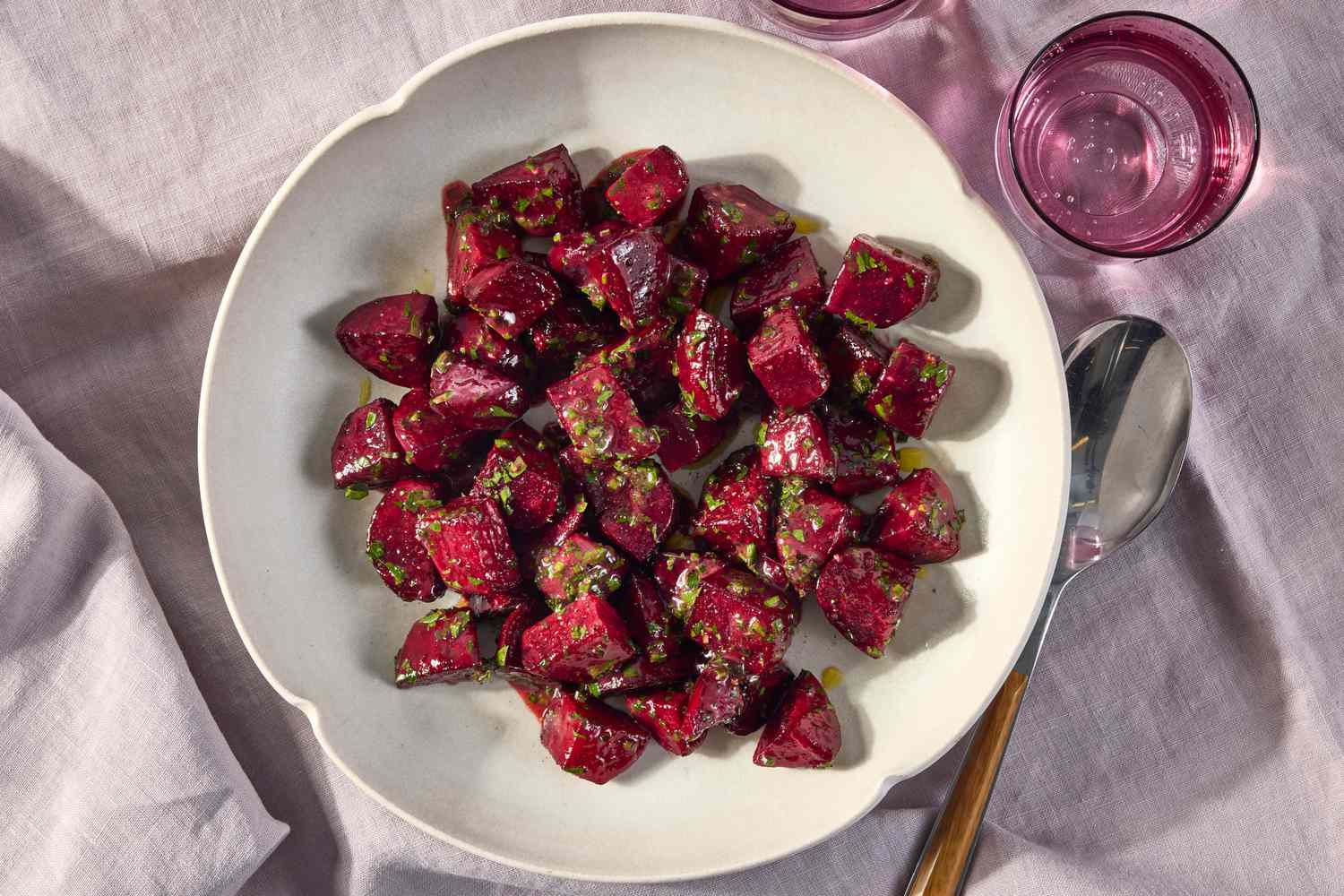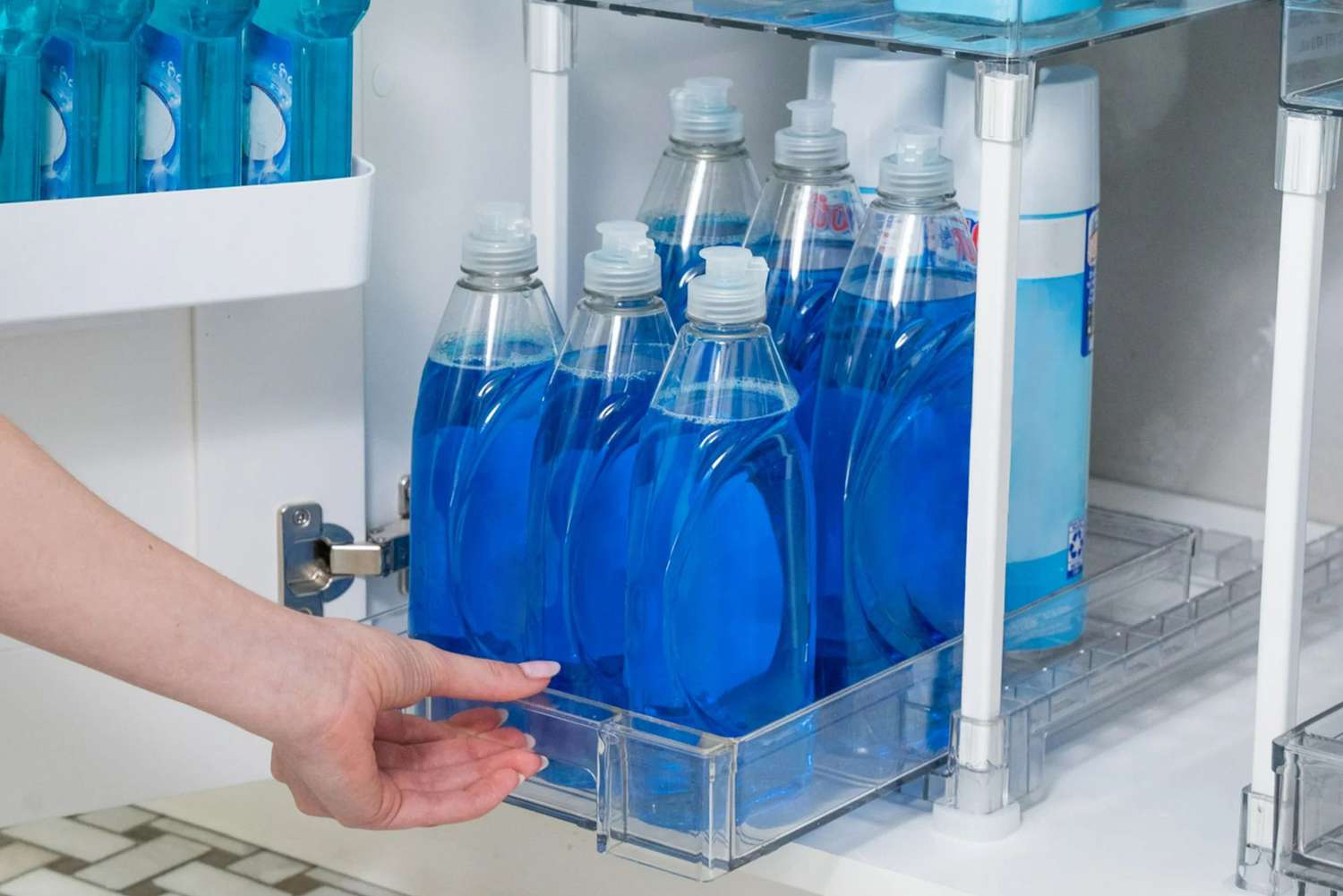
Is It Better to Plant Roses in the Ground or in Containers? Here’s What Experts Recommend
Roses are an all-time garden favorite, and for good reason. They can last for years and provide gorgeous, fragrant blooms for cutting or enjoying outdoors. But can roses work as a container plant? We turned to the experts to learn the pros and cons of planting roses in the ground or in a pot—and what you’ll need to do to ensure that container-grown roses thrive year after year.
Should You Plant Roses in the Ground or in a Container?
The Pros of Planting Roses in the Ground
In general, planting roses in the ground is better for the health of the plant than planting it in a container. “Plants prefer to be in the ground rather than in containers,” says Kevin Lenhart, design director at Yardzen. “In the ground, plants have access to more resources, their roots can spread farther, and the mass of soil insulates the plant from the temperature swings that container plants experience.”
In other words, roses become a much more low-maintenance plant when you put everything that’s available in the ground at their disposal. The other issue is your rose plant’s longevity. “A rose in a container is, generally, not as permanent,” says Megan McConnell, plant information director at Monrovia. “When you plant a rose in the ground, it’s going to get established and can thrive there for decades. While a rose can live in a container for several years, its resources there are finite, and eventually its roots will outgrow the space. Extending its life at that point requires repotting or transplanting into the garden.” Confining a rose bush to a container also means it may not grow as big or produce as many blooms as the ones planted in the ground.
The Pros of Planting Roses in a Pot
But, there are some benefits to planting roses in pots: “Container plants are a great asset to designers, allowing them to integrate the many benefits of planting into the experience of designed spaces,” Lenhart says. “Adding strategic pops of planting can do wonders to make spaces feel more beautiful, inviting, and restorative. This payoff can be well worth any extra maintenance you might have to dish out to keep container plants looking happy and healthy.”
Potting a rose also elevates it to a starring role. “Having a rose in a container really puts a spotlight on it, so you’ll want a rose that can stand on its own with an attractive form and lush, full foliage,” McConnell says.
And of course, if your soil isn’t ideal for a rose, you’ll be better off using a container, where you can more confidently control the soil quality. “Roses struggle in soils with poor drainage, so if your site has heavy, boggy soil, roses are quite likely to be happier in a container with a rose-oriented soil mixture,” Lenhart says.
How to Care for Potted Roses
If you do want to plant roses in containers, you’ll need to plan for a bit more care and feeding for your rose bushes to help them thrive. Consider these tips to ensure that you’re helping your potted roses grow.
Choose the right rose variety
Shrub roses are one of the best options for containers,” says Tamara Hogan, plant expert at Fast Growing Trees. “They are already bred to be compact with lots of smaller blooms so they can handle being in a contained area versus other roses that love to have the space of being in the ground. The Knock Out Rose series was a plant that was bred for disease resistance, tons of blooms, self cleaning, and tight growth. A rose like that is great for potting.”
Lenhart also recommends ‘Cutie Pie,’ ‘Julia Child’, ‘The Fairy’, and ‘Cinco de Mayo’ varieties as ones that can do well in containers. And ‘Grace N’ Grit,’ ‘Nitty Gritty,’ ‘Itsy Bitsy Peach,’ and ‘Seaside Swirl’ rugosa roses are McConnell’s picks for containers.
Watch the watering
Your potted rose plants will need to have regular watering in order to thrive. “Any plant in a container is going to need to be watered more than if they were planted in the ground,” McConnell says. “Potting mix doesn’t contain soil. It drains well to prevent sitting water, but that also means you’ll have to water it more often than plants in the ground.”
“If you are having to water your plant on a daily basis, consider keeping it out of the afternoon sun,” Hogan says. “That will lessen the amount of water the plant is calling for.”
Be sure to feed your roses regularly
Container-grown roses can quickly eat through any fertilizers in the pot, so you’ll need to ensure that you give them plenty of nutrients. “That soil is all that the plant has access to for nutrients,” Hogan says. “You will not have great success never feeding your potted rose. It may do well for a while, but at some point, it will use up all it has.” She suggests starting off with a phosphorus treatment and then working your way up to a 10-10-10 fertilizer.
Prune container-grown roses in late winter
You’ll want to prune your potted roses in late winter, Hogan says. “Potted roses are more susceptible to winter dieback, so if you are going to do management pruning, do so before spring—not in fall. That way, you are only going to lose parts of the plant that you already had cut back.”
Ensure that your rose bush stays warm in winter
“If you live in a colder climate, you’ll need to protect container roses by wrapping them or moving them to a warmer location,” Lenhart says. You may need to even move it into a garage to help protect against the freeze-thaw cycle.
Hogan recommends, however, that you don’t bring them completely indoors. “Shrub roses will do best with some dormancy and being allowed to sleep.”










